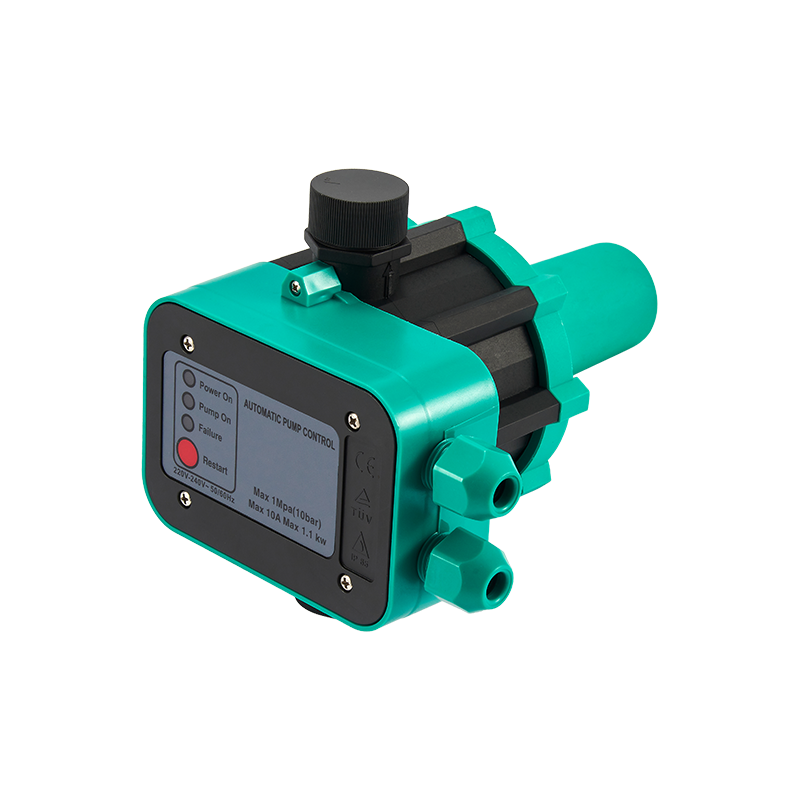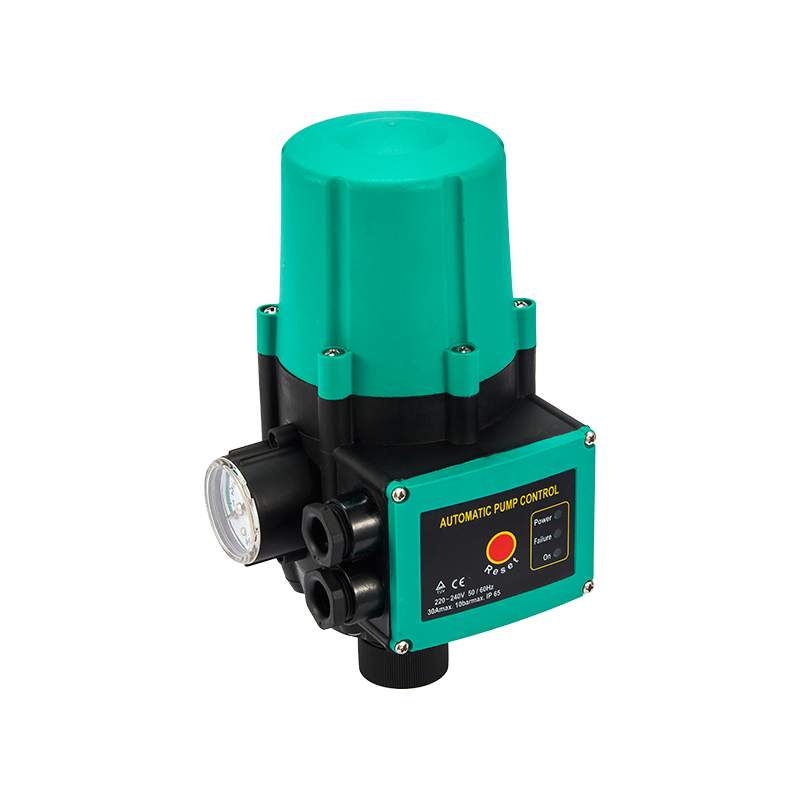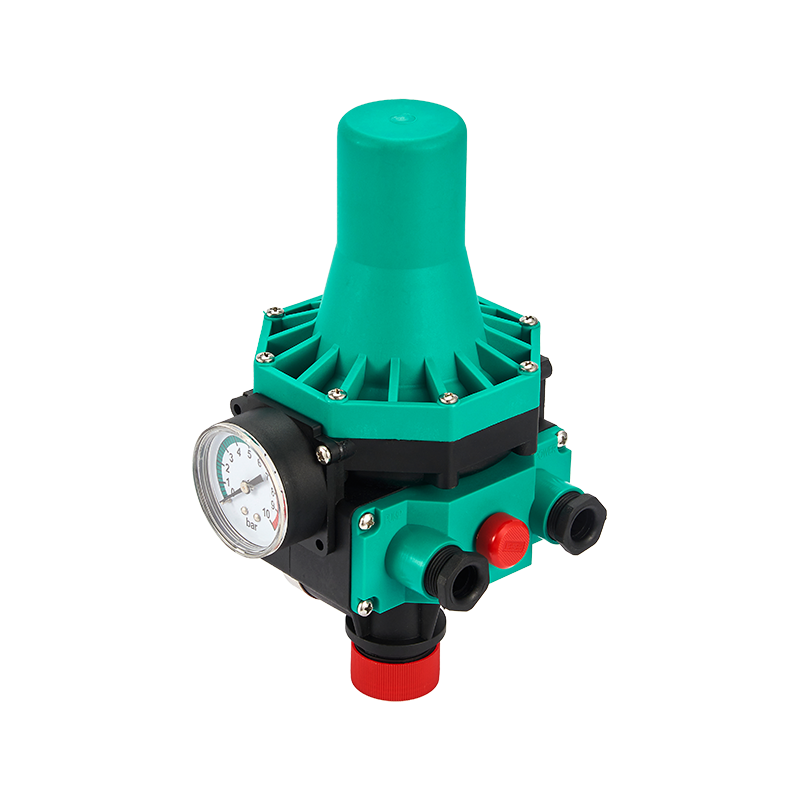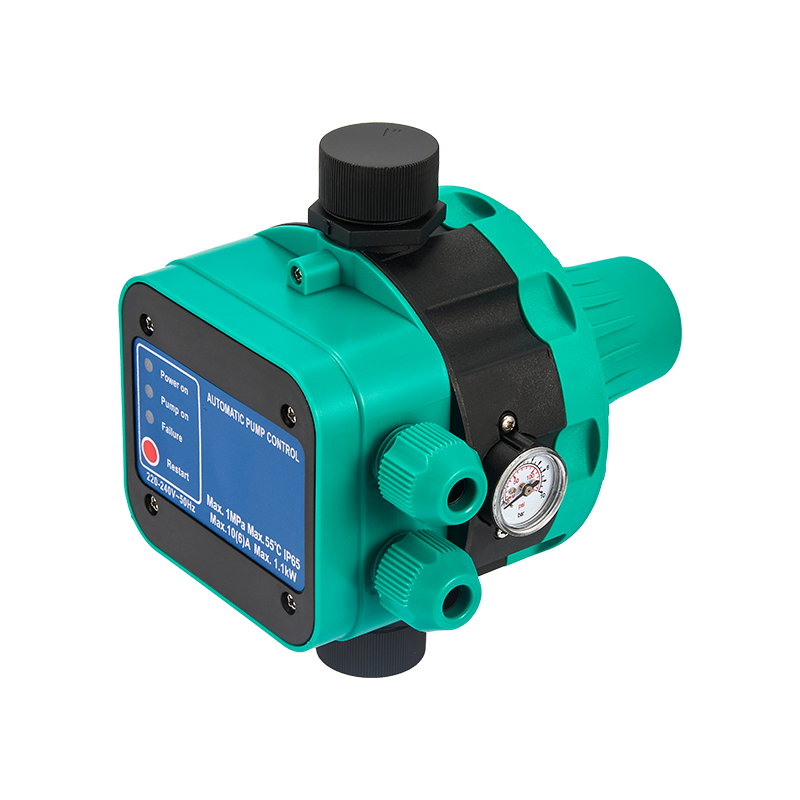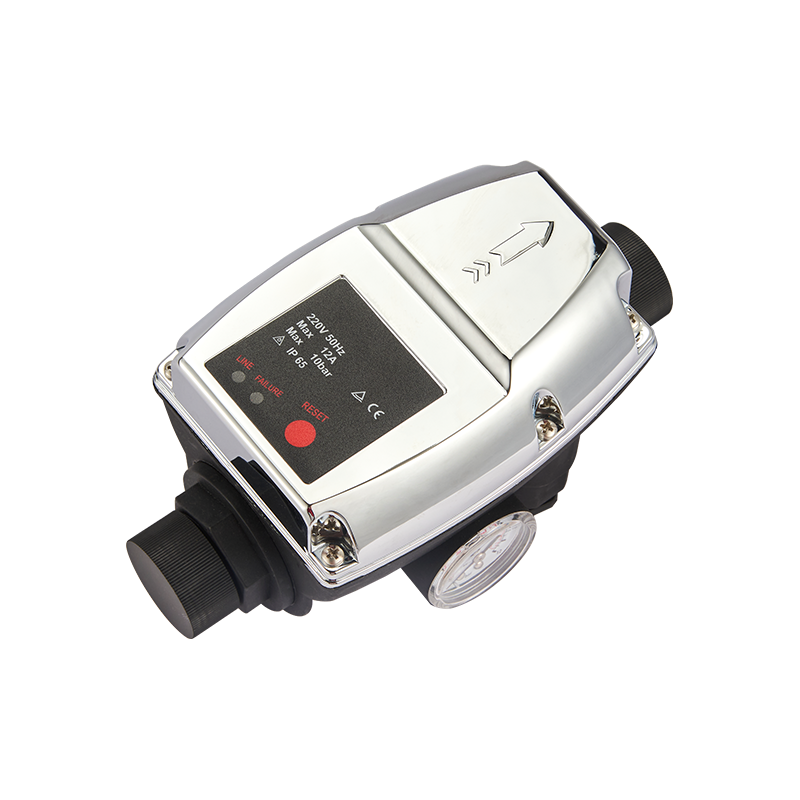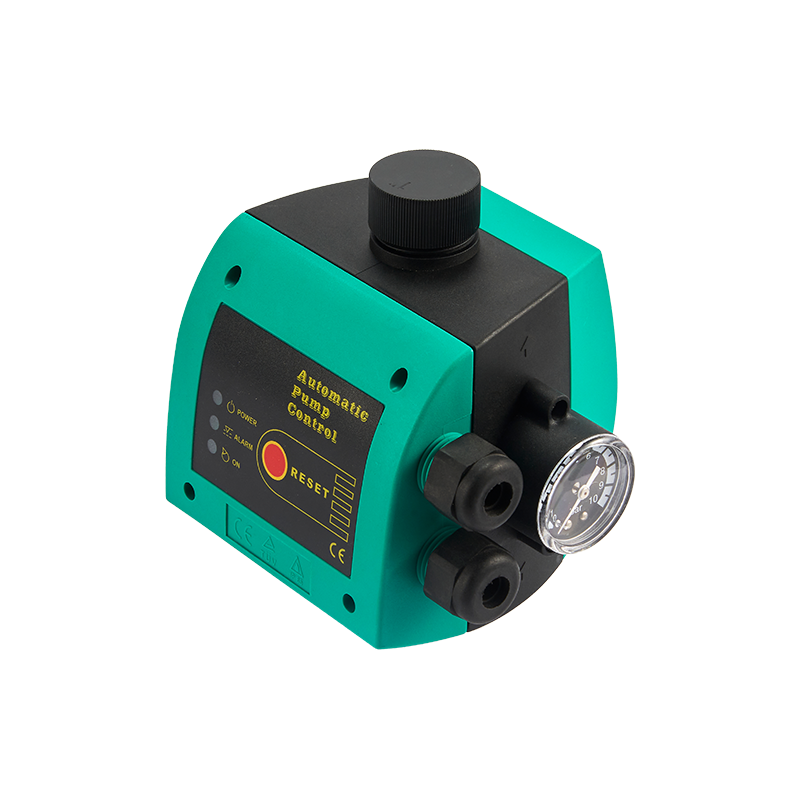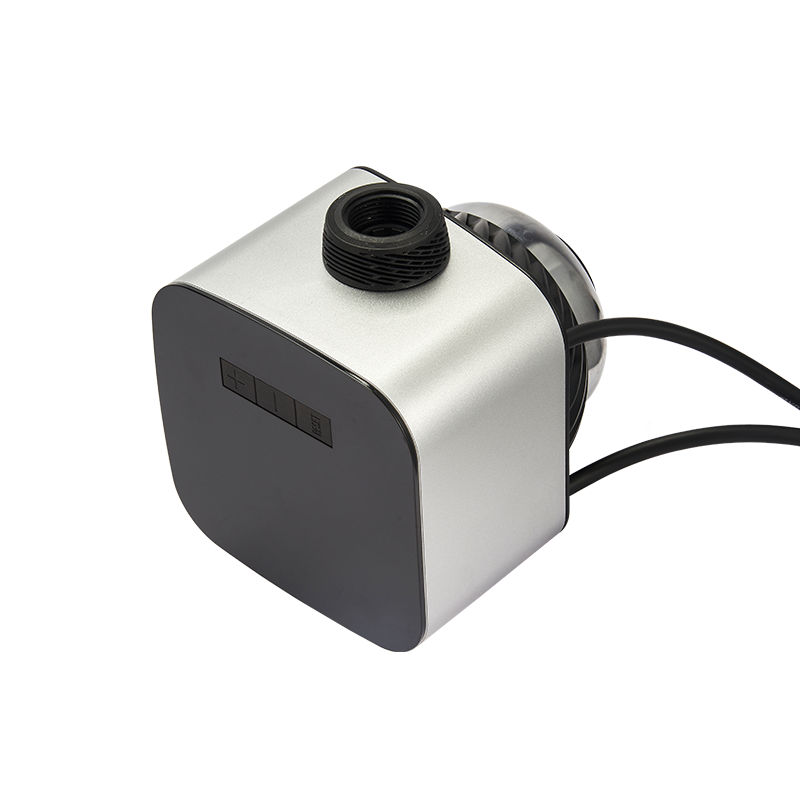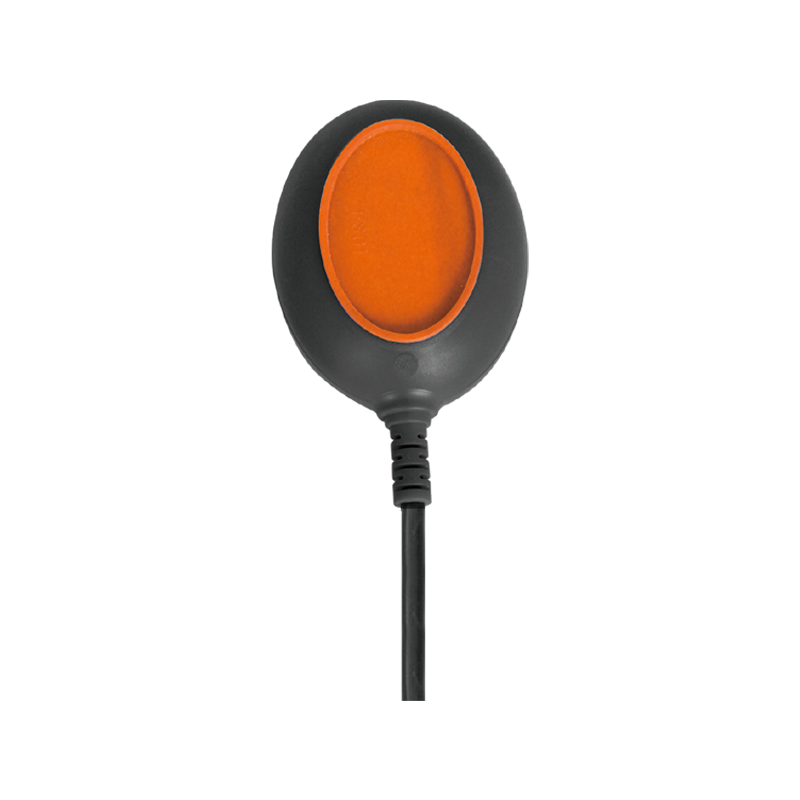High Quality Spare Parts in China, Spare Parts, Spare Parts producer
In the intricate ecosystem of manufacturing, machinery, and technology,
spare parts play a vital role in ensuring the smooth operation, longevity, and efficiency of various systems and equipment. From industrial machinery to consumer electronics, spare parts serve as critical components that enable maintenance, repair, and optimization of complex systems. As a designer deeply engaged in the realm of product development and innovation, I recognize the significance of spare parts in sustaining functionality and reliability. In this article, we delve into the multifaceted aspects of spare parts, exploring their importance, challenges, and implications from a designer's perspective.
Understanding the Significance of Spare Parts
Spare parts encompass a diverse array of components, ranging from small nuts and bolts to intricate electronic modules, that are essential for maintaining, repairing, and enhancing the performance of machinery, equipment, and systems. Whether in manufacturing facilities, automotive workshops, or consumer electronics repair shops, spare parts serve as lifelines that keep operations running smoothly and efficiently.
Versatility and Utility:
Spare parts come in various shapes, sizes, and functionalities, catering to the diverse needs and requirements of different industries and applications. From mechanical components such as gears, bearings, and seals to electronic parts like sensors, circuit boards, and connectors, spare parts encompass a broad spectrum of components that serve essential functions in various systems and equipment.
Reliability and Durability:
Spare parts are designed and manufactured to meet stringent quality standards and specifications, ensuring reliability, durability, and compatibility with existing systems and equipment. Whether sourced from original equipment manufacturers (OEMs) or third-party suppliers, spare parts undergo rigorous testing and validation processes to ensure they meet performance requirements and specifications.
Cost-Effectiveness and Efficiency:
Investing in spare parts upfront can yield significant cost savings and operational efficiencies in the long run by minimizing downtime, reducing repair costs, and extending the lifespan of equipment and machinery. By having readily available spare parts on hand, organizations can quickly address maintenance and repair needs, thereby minimizing disruptions to production schedules and maximizing productivity.
Challenges and Considerations in Spare Parts Management
While spare parts play a crucial role in maintaining operational continuity and efficiency, their management and procurement present several challenges and considerations for designers, manufacturers, and end-users.
Inventory Management:
Effective spare parts management requires careful inventory planning, forecasting, and optimization to ensure the availability of critical components while minimizing excess inventory and associated costs. Designers must consider factors such as lead times, usage patterns, and criticality when determining inventory levels and replenishment strategies.
Obsolescence and Compatibility:
With rapid technological advancements and product lifecycle changes, spare parts can quickly become obsolete or incompatible with newer systems and equipment. Designers must anticipate potential obsolescence risks and design spare parts with compatibility and future-proofing in mind to ensure longevity and sustainability.
Supply Chain Resilience:
Dependence on a single source or supplier for spare parts can pose risks to supply chain resilience, particularly in the event of disruptions such as natural disasters, geopolitical tensions, or supplier failures. Designers must proactively assess supply chain vulnerabilities and establish alternative sourcing strategies to mitigate risks and ensure continuity of supply.
Implications for Designers and Manufacturers
As designers and manufacturers strive to innovate and optimize product designs, spare parts play a pivotal role in shaping product lifecycle management, customer satisfaction, and brand reputation.
Design for Serviceability:
Designers can enhance the serviceability and maintainability of products by incorporating features such as modular designs, standardized components, and accessible service points that facilitate ease of maintenance and repair. By designing products with serviceability in mind, designers can minimize downtime, reduce repair costs, and enhance the overall ownership experience for end-users.
Collaboration and Partnerships:
Collaboration between designers, manufacturers, and suppliers is essential for optimizing spare parts management and ensuring the availability of critical components throughout the product lifecycle. By fostering strategic partnerships and collaborations, designers can leverage expertise, resources, and capabilities to develop robust spare parts ecosystems that meet the evolving needs of customers and markets.
Data-Driven Insights:
Leveraging data analytics, predictive modeling, and machine learning algorithms, designers can gain valuable insights into spare parts usage, failure modes, and maintenance trends that inform product design improvements and optimization strategies. By harnessing data-driven insights, designers can proactively address reliability issues, optimize spare parts inventories, and enhance product performance and longevity.
Conclusion: Embracing the Role of Spare Parts in Product Design
In conclusion, spare parts play an indispensable role in product design, manufacturing, and maintenance, serving as essential components that ensure operational continuity, reliability, and efficiency across various industries and applications. As designers, it is imperative to recognize the significance of spare parts in shaping product lifecycle management, customer satisfaction, and brand reputation.
By adopting a proactive approach to spare parts management, designers can optimize product designs, enhance serviceability, and foster resilience in supply chains, thereby ensuring the availability of critical components throughout the product lifecycle. Through collaboration, innovation, and data-driven insights, designers can harness the full potential of spare parts to deliver exceptional value, reliability, and performance to end-users and stakeholders alike.
